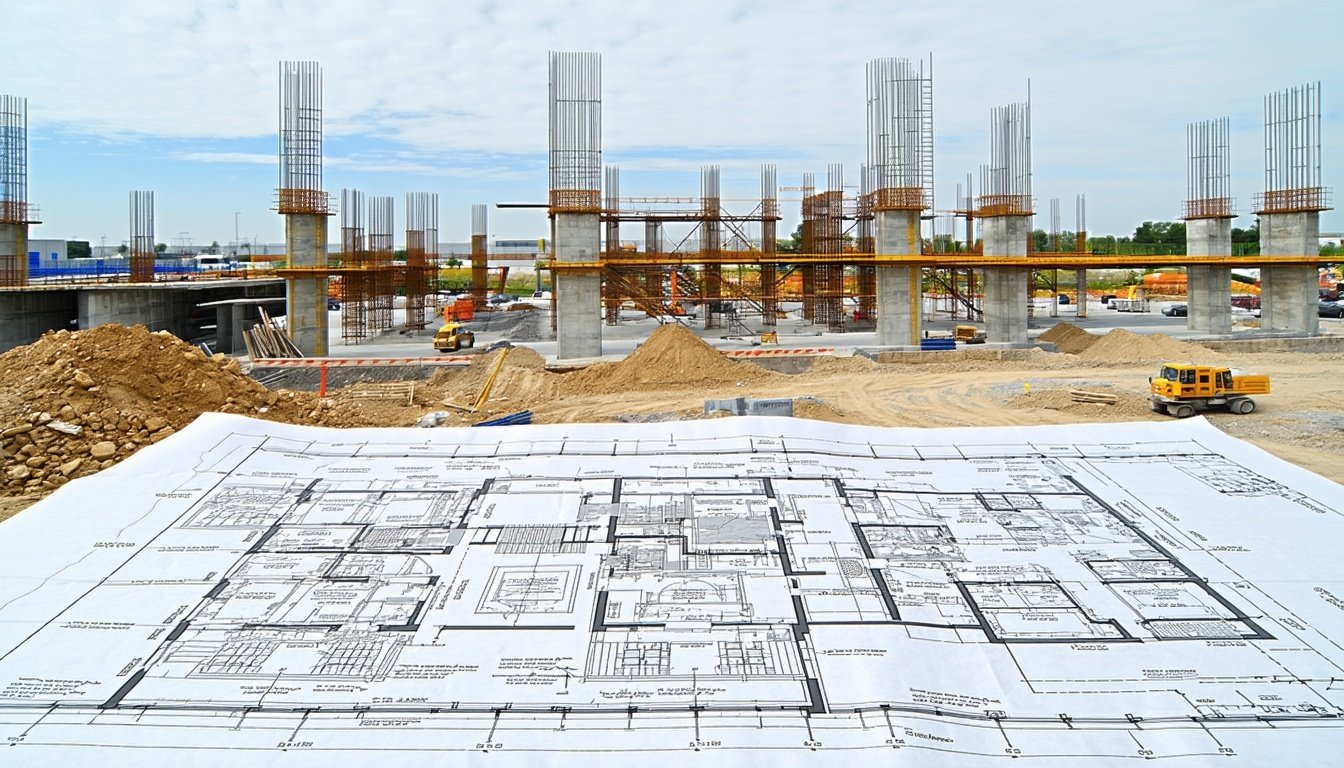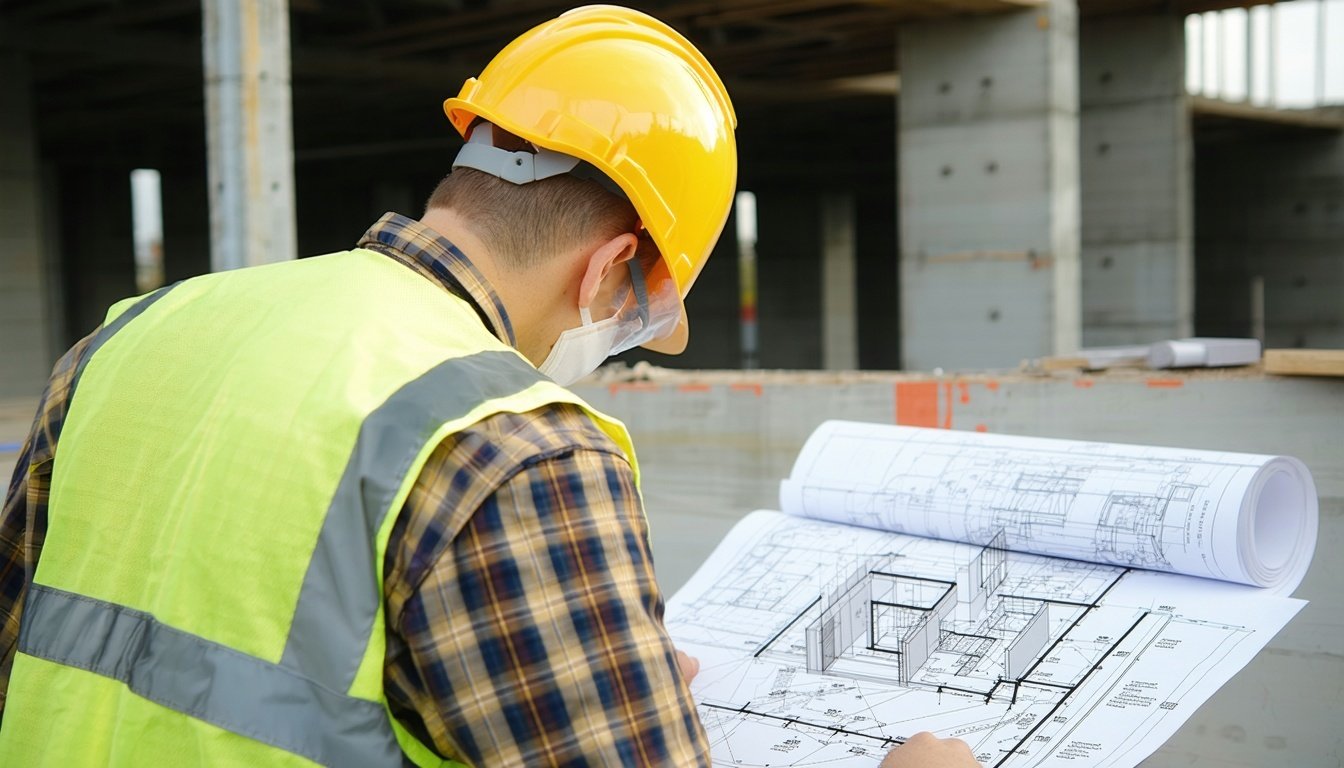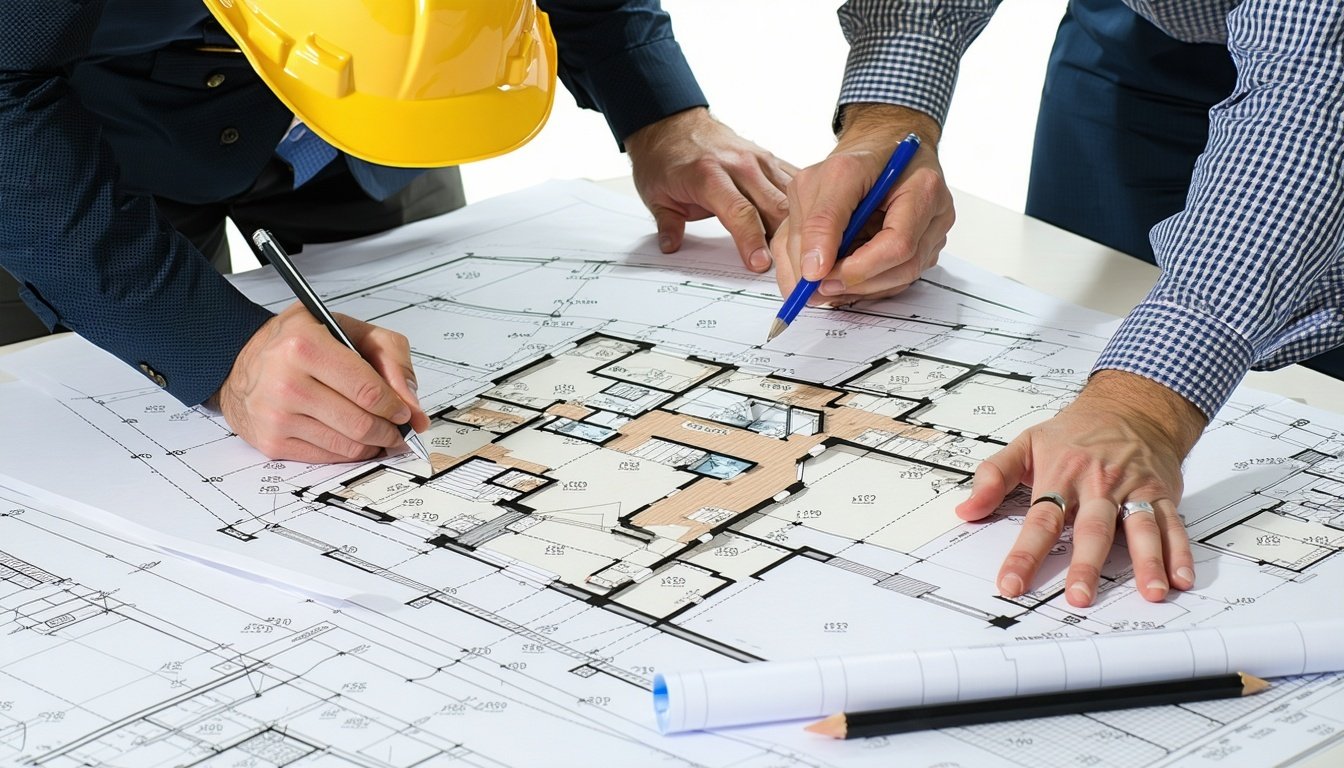Balancing compliance and budget can be a challenge in construction, but efficient strategies can help you manage Section J report costs without compromising quality.
How Section J requirements can impact project budgets
Meeting Section J requirements is essential for ensuring energy efficiency in building projects across Australia. However, these compliance measures can significantly impact project budgets. The costs associated with achieving compliance can arise from a variety of factors, including the need for specialised materials, additional design work and the incorporation of advanced energy-efficient technologies.
For instance, builders might need to invest in high-performance insulation, glazing and HVAC systems to meet the stringent standards. These upgrades, while beneficial for long-term energy savings, can lead to higher upfront costs. Additionally, the need for detailed energy modelling and assessments can add to the overall project expenses.
The hidden costs of over-specifying materials for compliance
Over-specifying materials to ensure compliance with Section J can lead to unnecessary cost increases. While it might seem like a safe approach, choosing materials that exceed the required performance levels can result in spending more than necessary.
For example, opting for overly advanced glazing systems or insulation materials without a thorough cost-benefit analysis can inflate expenses. It's crucial to find a balance between meeting compliance requirements and avoiding the pitfalls of over-specification. By carefully selecting materials that meet but do not exceed the necessary standards, project managers can keep costs under control.
Smart design strategies that reduce Section J costs
Smart design strategies play a vital role in reducing Section J compliance costs. One effective approach is to incorporate passive design principles, such as optimising building orientation, enhancing natural ventilation and maximising natural light. These strategies can significantly reduce the need for artificial heating, cooling and lighting, thereby lowering energy consumption and associated costs.
Additionally, integrating energy-efficient design elements early in the planning stages can help identify cost-effective solutions. For instance, choosing materials and systems that align with the building’s intended use and climate conditions can avoid unnecessary expenses. Collaborating with experienced designers and energy consultants can also ensure that the most efficient and cost-effective strategies are implemented.
Practical ways to keep Section J compliance affordable
There are several practical ways to keep Section J compliance affordable without compromising performance. Firstly, conducting a thorough Section J assessment early in the project can help identify potential issues and solutions before construction begins. This proactive approach can prevent costly modifications later on.
Secondly, selecting cost-effective materials that still meet compliance requirements is crucial. For example, using standardised, readily available products can reduce costs compared to custom or imported materials. Additionally, leveraging bulk purchasing and negotiating with suppliers can result in significant savings.
Lastly, investing in continuous professional development for the project team ensures that everyone is up-to-date with the latest compliance standards and cost-saving techniques. This knowledge can lead to more informed decisions and better overall project management.
Why Certified Energy helps you balance cost and compliance
Certified Energy is dedicated to helping builders and designers achieve Section J compliance while keeping project costs under control. Our team of experts provides comprehensive energy assessments and tailored recommendations to ensure compliance in the most cost-effective manner.
We understand the challenges of balancing budget constraints with stringent compliance requirements. Our extensive experience in the construction industry allows us to identify efficient materials and design strategies that meet Section J standards without overburdening your budget. By partnering with Certified Energy, you can be confident in achieving both compliance and cost-efficiency, ensuring the success of your project.







